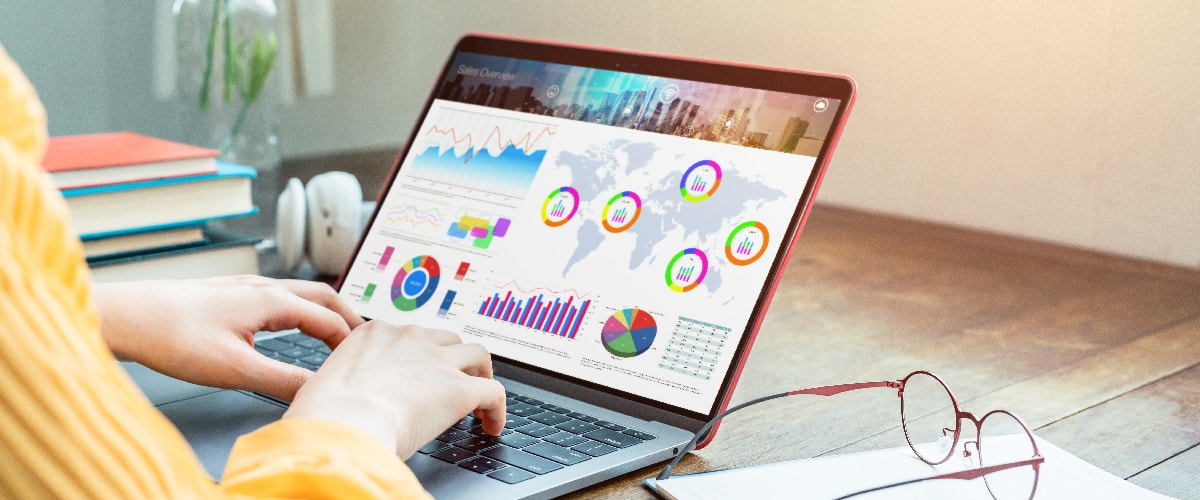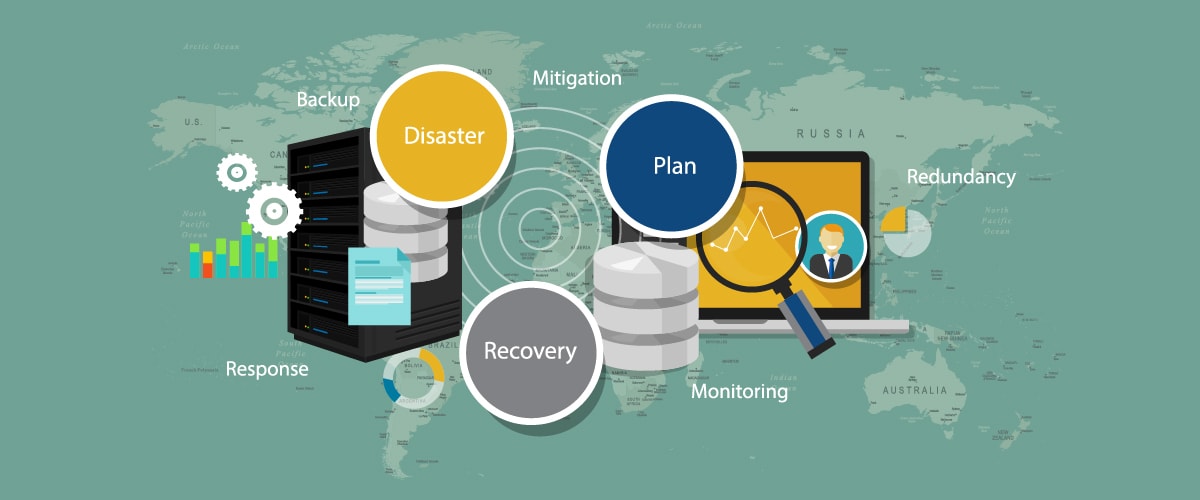 Web Content Viewer
Web Content Viewer
Business
Navigating the World of Digital and Content Marketing to Win New Business
Is your company taking advantage of digital marketing opportunities available through content-driven resources? If not, now is the time for your marketing team to explore and create a digital strategy that can deliver new leads to your sales team, who can then turn those leads into potential clients. Perhaps you have heard such buzz words as brand awareness, lead generation, social engagement, and retargeting, and may be wondering how they tie together with online marketing and content creation, and more specifically, translate to improved client relations and increased sales.
How has COVID-19 Changed the Cybersecurity Landscape?
Since the COVID-19 pandemic began, we have seen a spike in phishing attacks, Malspams, and ransomware attacks, resulting in many infected personal computers and phones. Some attackers are using the pandemic as bait to impersonate trusted brands, and businesses and end-users alike are being targeted.
Designing a Modern Website Your Customers Will Appreciate
Search the internet for modern website design and dozens of articles will pop up with a list of do’s and don’ts for building the most contemporary and effective website. What works for one brand may not necessarily work well for another, however. Since design is subjective, companies must decide what look and feel would best fit their brand, corporate model, and messaging, plus increase traffic, and ultimately turn clicks into measurable sales.
The Rise of Contactless Payments and other Technologies in the Retail Industry
In 2020, the U.S. supply chain experienced significant disruption, particularly during the early months of the COVID-19 pandemic. The impact was sizable, with shortages of paper goods, food items such as meat, and certain cleaning supplies and other essentials. At the same time, national and state-wide lockdown mandates led to the temporary (and in some unfortunate cases – permanent) shuttering of many physical-location retailers. Virus fears caused shoppers to head online to order food, medicine, and other goods, leading to an unprecedented boom to eCommerce.
Part Two: The Rising Role of Technology in the New Normal - Digital Marketing, WMS, Supply & Demand
As the U.S. and over 180 countries worldwide shut down due to SARS-CoV-2, the fast-spreading virus strain that causes COVID-19, many businesses were forced to immediately shift into survival mode, as a “non-essential” workforce in certain states either went on unemployment or, adopted to working from home (WFH). The arrival and fast spread of Covid-19 and the subsequent national shutdown hit our nation and the world in ways not seen in generations. The role of technology during this crisis will be studied substantially in the future and, no doubt, the technological leap caused by the COVID-19 pandemic will likely make 2020 the year that changed the trajectory of technological tools used for business, such as cloud computing, e-commerce, mobile, and remote work.
Tips and Best Practices for the Health of Your Business Continuity Plan
As current circumstances continue to unfold, many businesses are preparing for what could be the new norm. Those who have already taken the steps to protect their customers and employees by implementing a smart and solid BCP foundation are in the best position to ride out the current disruption. Those who have not undertaken a BCP may want to do so as soon as possible. The health your business may depend on it.
By using this site you agree to our Privacy Policy and our Terms of Use.
120 Comac Street
Ronkonkoma, NY 11779
Ronkonkoma, NY 11779






 | Vormittag Associates, Inc. ©2024 |
| Vormittag Associates, Inc. ©2024 |